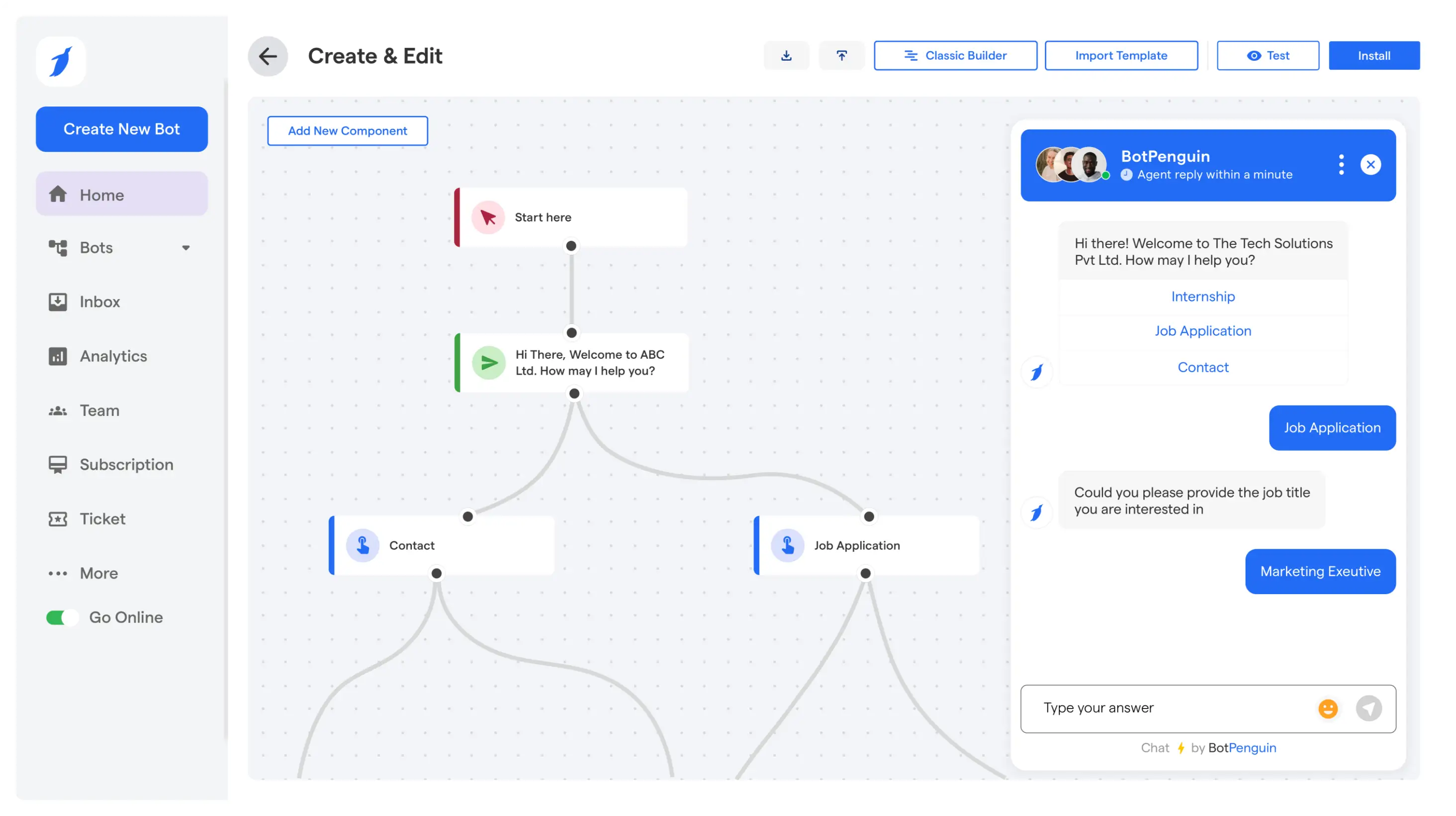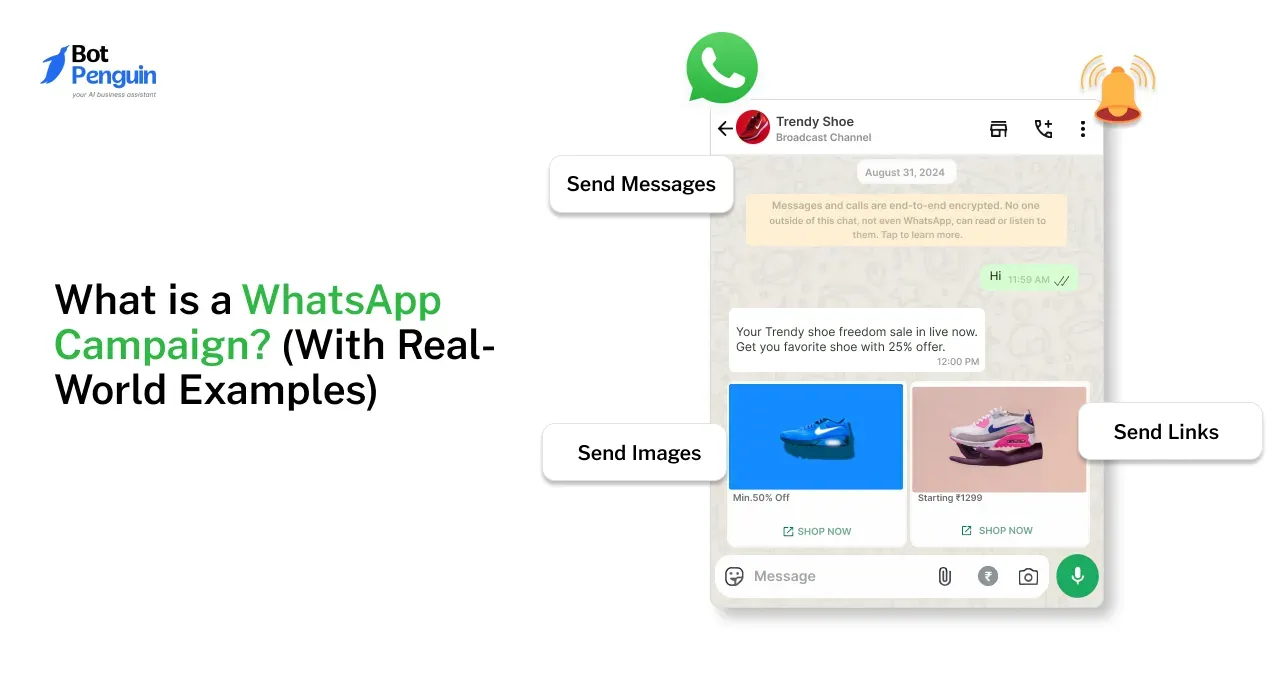You’re probably paying for telecom services no one’s using.
Maybe it’s a phone plan from someone who left months ago. Or a device you’re still being billed for, but no one can find. These small things slip through. But when they happen across teams and offices, the waste adds up fast.
Most companies don’t notice until the numbers get too big to ignore. And by then, it’s already cost them thousands.
That’s where telecom expense management comes in. A good TEM system helps you find the leaks, fix the mess, and finally manage telecom expenses with clarity and control.
What is Telecom Expense Management?
Think of a company with 12 offices, 400 employees, and dozens of active telecom vendors. Every month, new connections are added, old ones are forgotten, and invoices start stacking up.
No one knows which services are being used, which are idle, or where the money is leaking. The finance team only sees the total bill — not what’s behind it.
Telecom expense management exists to fix this.
It’s a practical way for businesses to keep track of every telecom-related cost. That includes mobile data, office internet, desk phones, cloud calling apps, and any device that connects to a network. But it’s not just about watching numbers. It’s about gaining control where most teams have none.
Here’s how it works.
Imagine your IT team orders 30 new SIMs for a project rollout. Two months later, the project changes, and half the SIMs go unused, but they’re still being billed every month.
Without a process to catch this, you’re bleeding money. With telecom expense management, you would have caught the unused SIMs in your dashboard, flagged the cost, and shut them down.
Telecom Expense Management Features
A well-designed telecom expense management system helps teams stay on top of costs without adding manual work.
It handles the complexity of devices, contracts, usage, and billing in a way that’s both organized and scalable. Whether you're managing 50 lines or 5,000, these core features keep everything under control.
Each feature exists to answer a specific business challenge. Below are the ones that define a strong telecom expense management TEM platform.
Asset and Inventory Tracking
Every organization has devices and lines that get lost in the shuffle. Phones assigned to former employees. SIM cards sitting in drawers. Without tracking, these go unnoticed but still generate costs.
This feature keeps a live inventory of all telecom assets. From active mobile lines to conference phones and data dongles, it records what’s in use and where it’s assigned. This reduces waste and prevents redundant purchases.
Invoice and Contract Validation
Monthly telecom bills often include hidden charges. Sometimes they reflect outdated plans. Other times they bill for services that were never used or already canceled.
Validation tools compare current invoices with existing contracts. If there’s a mismatch in pricing, usage, or terms, the system flags it. This creates accountability across vendors and ensures you only pay for what was agreed upon.
Usage Analytics
Without visibility into usage patterns, you’re forced to guess where the money is going. Some users may be consuming excessive data, while others barely use their assigned services.
Usage analytics provide insights into how telecom services are being used across teams and locations. It helps managers spot trends, identify outliers, and take corrective action before costs spiral.
Automation
Manual telecom management is time-consuming. It also leads to errors. The automation feature helps eliminate both issues.
With workflows in place, you can automate approvals, receive alerts for anomalies, and schedule routine tasks. This frees up teams to focus on actual decision-making instead of just processing data.
Reporting
Good reporting is what ties everything together. It turns raw data into actionable insights.
A strong telecom expense management system includes real-time dashboards and scheduled reports. These can break down spend by department, location, or vendor, making it easier to track budgets and plan ahead.
These telecom expense management features are not just technical specs. They’re problem-solvers. They cut through the noise and give your team the tools to take action.
Once the features are in place, the next question is simple. What’s the return? Up next, we’ll explore the actual business benefits of telecom expense management and how it helps you save money, time, and effort.
Benefits of Telecom Expense Management
Telecom spending often hides in plain sight. Companies continue paying for inactive numbers, outdated plans, or services nobody remembers subscribing to. It adds up quietly, draining budgets without clear warning signs.
A robust telecom expense management system flips this problem on its head. It doesn't just track costs. It drives savings, accuracy, and efficiency across your entire telecom ecosystem.
These are the real, tangible benefits of telecom expense management.
Cut Unnecessary Spend with Cost Savings
Cost control is one of the biggest reasons companies invest in telecom expense management. By auditing usage, renegotiating contracts, and eliminating unused assets, businesses typically save between 10–30% within the first year.
For example, imagine a company with 500 mobile lines. A quick audit may reveal 60 of them are unused or underutilized. Disconnecting or consolidating these lines alone leads to thousands saved each quarter. That’s where the value of a telecom expense management system becomes clear.
Stop Overpayments with Improved Billing Accuracy
Telecom bills are complex. From roaming charges to contract renewals, small errors can lead to large overpayments. This is where telecom expenses management steps in.
A good solution validates every invoice against the original contract. If there’s an extra charge or incorrect fee, it flags it immediately. No more accidental double billing or missed credits. Accuracy means you only pay for what you actually use.
Gain Visibility and Control with Better Forecasting
When telecom data is centralized, teams get a full picture of spending patterns. Real-time dashboards reveal where costs are rising, which departments are using the most bandwidth, and which services need re-evaluation.
This level of visibility helps finance teams plan ahead. Forecasting becomes easier, more accurate, and rooted in real numbers. The ability to manage telecom expenses proactively—not reactively—is a game changer.
Save Time and Resources with Process Automation
Manual tasks eat up hours every month. Chasing approvals, updating spreadsheets, reviewing invoices line by line—none of this is scalable.
Automation streamlines the entire process. From setting policy-based workflows to auto-approving specific charges, a good telecom expense management TEM solution removes friction and improves team productivity. That means fewer mistakes, faster payments, and more time for strategic planning.
A telecom expense management service is a system for gaining control, improving processes, and making smarter decisions every month.
In the next section, we’ll break down the telecom expense management process so you can see exactly how it works from start to finish.
Telecom Expense Management Process
If saving money is the goal, how you manage telecom costs becomes the strategy. And that strategy needs structure.
A well-run telecom expense management process follows clear steps that make your telecom operations visible, accurate, and optimized over time.
Whether you’re handling 50 lines or 5,000, these steps help reduce waste, fix billing errors, and create long-term control.
Below is the typical TEM telecom expense management workflow used by modern organizations.
Step 1: Collect and Centralize Telecom Data
Everything starts with visibility. The first step is gathering all your telecom-related data — mobile bills, internet contracts, cloud usage reports, phone system invoices, and more.
Instead of juggling spreadsheets or digging through emails, this data is pulled into a single source of truth. Centralization gives your team one place to track and manage everything.
Step 2: Validate Invoices Against Contracts
Once invoices are in, the telecom expense management TEM system matches them against contract terms. Are you still paying for services that were supposed to end? Has your discount kicked in? Are you being charged for lines you canceled?
This step prevents overspending before it happens. No surprises at the end of the month.
Step 3: Identify Errors and Raise Disputes
Billing errors are common, especially with large telecom vendors. Incorrect charges, duplicate fees, and unapproved services slip through without notice.
Good TEM tools help spot these issues automatically. Once identified, the system flags them for resolution. Disputes can be raised directly with the vendor, ideally before payments are made.
Step 4: Analyze Usage and Generate Reports
Now that your billing is under control, it’s time to look at how services are being used. Who’s racking up mobile data? Which locations have the highest calling costs? What services are underused?
Built-in analytics and dashboards allow teams to slice the data in useful ways. Monthly reports help with budgeting, compliance, and team accountability.
Step 5: Optimize and Automate
The final stage is about scaling. Once you’ve cleaned up data, fixed billing, and analyzed usage, automation takes over.
Workflows can be set to approve regular charges, disconnect unused services, and even negotiate renewals based on benchmarks. This is where the telecom expense management process becomes sustainable long-term.
A clear process means fewer errors, faster decisions, and better control. In the next section, we’ll explore how to choose between a telecom expense management system or service — and what makes each option the right fit depending on your needs.
Telecom Expense Management System vs Services
Now that the process is clear, it’s time to figure out who should handle it — your team or someone else.
This is where most businesses pause. Should you invest in a telecom expense management system and run things in-house? Or outsource the heavy lifting to a telecom expense management service provider?
The answer depends on how much control you want, how complex your telecom setup is, and whether your team has the time or skills to manage everything. Here's how both options compare.
Telecom Expense Management System (Software)
Ideal for Teams Who Want Full Control
A telecom expense management system is a platform you use internally. Think of it as a dashboard that gives you all the tools — invoice matching, reporting, contract validation, and usage tracking — in one place.
This option works best for companies that have a dedicated IT or finance team and want to stay hands-on with decisions. You manage everything inside the tool and keep full control over data, audits, and vendor communication.
For example, a mid-sized SaaS company with a tech-savvy operations team might choose a system to monitor its growing number of devices and data lines without involving a third-party vendor.
Telecom Expense Management Services (Managed)
Best for Businesses Without Internal Telecom Resources
A telecom expense management service is an outsourced solution. Instead of managing everything yourself, you partner with a team that handles it for you.
This is useful for organizations without in-house telecom expertise or those who don’t want to spend time reviewing every line item on a bill. The service provider sets up the system, handles validations, raises disputes, runs reports, and even recommends cost optimizations.
Think of a logistics firm with hundreds of mobile users across locations. Instead of building a team, they opt for telecom expense management services that track everything while they focus on operations.
Whether you go with a system or service, both aim to reduce waste and improve visibility. The right choice depends on how involved you want to be.
In the next section, we’ll break down the different telecom expense management solutions available in the market — from basic tools to AI-powered platforms.
Telecom Expense Management Solutions Available
Once you’ve decided whether to use software or services, the next step is understanding what options exist in the market.
Not every telecom expense management solution looks or functions the same. Some offer just the basics. Others come fully loaded with advanced automation, reporting, and AI-powered insights.
Choosing the right one depends on where your business stands today and where you want to go. Whether you’re managing telecom costs for a single office or across multiple global locations, the market has solutions for every scale.
Let’s walk through the common types of telecom expense management solutions you’ll come across — and how to choose the best fit.
Basic Tools: Track Invoices and Pull Simple Reports
Basic tools focus on the core tasks. These platforms help you upload invoices, track telecom expenses, and pull straightforward reports. They’re ideal for small businesses that want visibility but don’t need heavy automation or integrations.
For example, a local real estate agency may use a simple tool to track monthly mobile bills and catch sudden spikes in usage. These tools often require manual input and review, but they’re easy to use and cost-effective.
Advanced Platforms: Automate, Integrate, and Analyze
Advanced telecom expense management solutions do much more. They automate invoice matching, flag overcharges, and integrate with accounting or ERP systems. Many also offer custom workflows, budget forecasting, and usage trend analysis.
This is a better fit for enterprises or growing firms with multiple departments and telecom vendors. For instance, an eCommerce business with 500 remote agents might need real-time analytics and automated alerts to manage costs across locations.
These platforms are often cloud-based, scalable, and built to support large data volumes with minimal manual oversight.
How to Choose the Right One: Match Solution to Your Scale
There’s no universal solution. What works for one company may be overkill or too limited for another. When comparing options, think about your business size, internal resources, and how complex your telecom setup is.
- For startups or SMBs: Basic platforms can offer good control without adding complexity.
- For medium-sized businesses: Mid-tier solutions with partial automation may strike the right balance.
- For large enterprises: Full-featured platforms with advanced automation, analytics, and integrations are usually necessary.
Also consider support, ease of use, mobile access, and how fast the platform can scale with your needs.
The right telecom expense management solution doesn’t just help you track costs. It gives you control. In the next section, we’ll show you how to put it all into action and manage telecom expenses within your organization.
Telecom Expense Management Support
A telecom expense management solution controls costs through invoice audits, contract optimization, and usage tracking. BotPenguin complements this by cutting operational and support-related costs.
AI Chatbots Reduce Support Costs: Routine billing and usage questions are handled by AI chatbots. This reduces the number of tickets assigned to human agents, lowering staffing requirements and associated costs.
Lead Capture Prevents Missed Revenue: AI agents log and route every inquiry in real time. This prevents delays in responding to cost-reduction requests or vendor consolidation opportunities, avoiding potential savings loss.
AI Voice Agents Cut Call Center Expenses: Automated voice agents handle common telecom queries, account issues, and service activations. This reduces the workload for call center teams, lowering per-call handling costs.
Automated Alerts Prevent Penalties: Integrated alerts notify teams about overages, disputes, and missed payments. Acting early avoids late fees, penalty charges, and excess usage costs.
By removing repetitive manual work, closing gaps in request handling, and preventing avoidable charges, BotPenguin supports direct and measurable telecom cost reduction.
Conclusion
Most businesses know telecom expenses consume a large share of operational costs, but few have full clarity on where overspending occurs. Unchecked billing errors, unused services, and poorly managed contracts all add up.
Telecom expense management addresses these issues by accurately tracking usage, verifying invoices, and identifying cost-reduction opportunities. This means fewer billing disputes, better contract compliance, and tangible savings over time.
Alongside these core functions, communication and coordination are key to acting on cost insights quickly. BotPenguin supports this by automating alerts for overages, disputes, and missed deadlines, ensuring the right people act at the right time.
Its AI-driven support can also handle customer queries and internal requests instantly, reducing the overhead of manual follow-ups.
When telecom cost control and operational efficiency work together, savings are achieved faster and sustained longer.
Frequently Asked Questions (FAQs)
How does telecom expense management help during company mergers or acquisitions?
Telecom expense management simplifies cost consolidation, identifies redundant services, and aligns telecom contracts during transitions, making M&A processes smoother and financially transparent.
How do telecom expense management services support vendor negotiations?
Telecom expense management services help benchmark market rates, identify inflated charges, and provide data insights to negotiate better deals with telecom providers during renewals or contract discussions.
Are there industry-specific telecom expense management solutions available for logistics or healthcare?
Yes, telecom expense management solutions can be tailored for logistics and healthcare to manage GPS-enabled devices, secure lines, and compliance-heavy communication tools across departments or branches.
Can a telecom expense management system integrate with ERP or finance platforms?
A telecom expense management system often supports integrations with ERP or accounting tools like SAP, Oracle, or QuickBooks to sync cost data, automate workflows, and reconcile telecom expenses.
What are the long-term strategic benefits of telecom expense management with BotPenguin support?
When paired with BotPenguin, the benefits of telecom expense management expand to include better ticket resolution, automated queries, and improved service uptime through AI-driven customer support.



